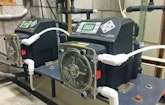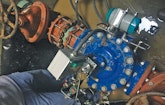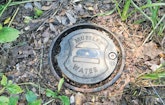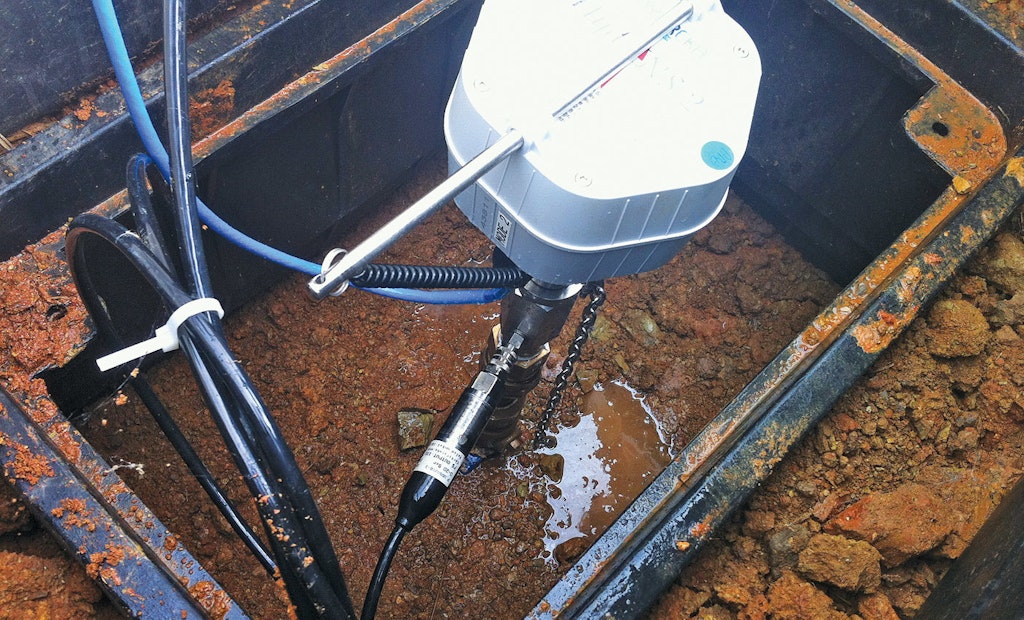Peristaltic metering assists with arsenic removal in wells
Problem:
The drinking water resources in the town of Mammoth Lakes in northeastern California consist of nine wells and freshwater sourced from Lake Mary. Arsenic is present in the well water, and the Mammoth...











